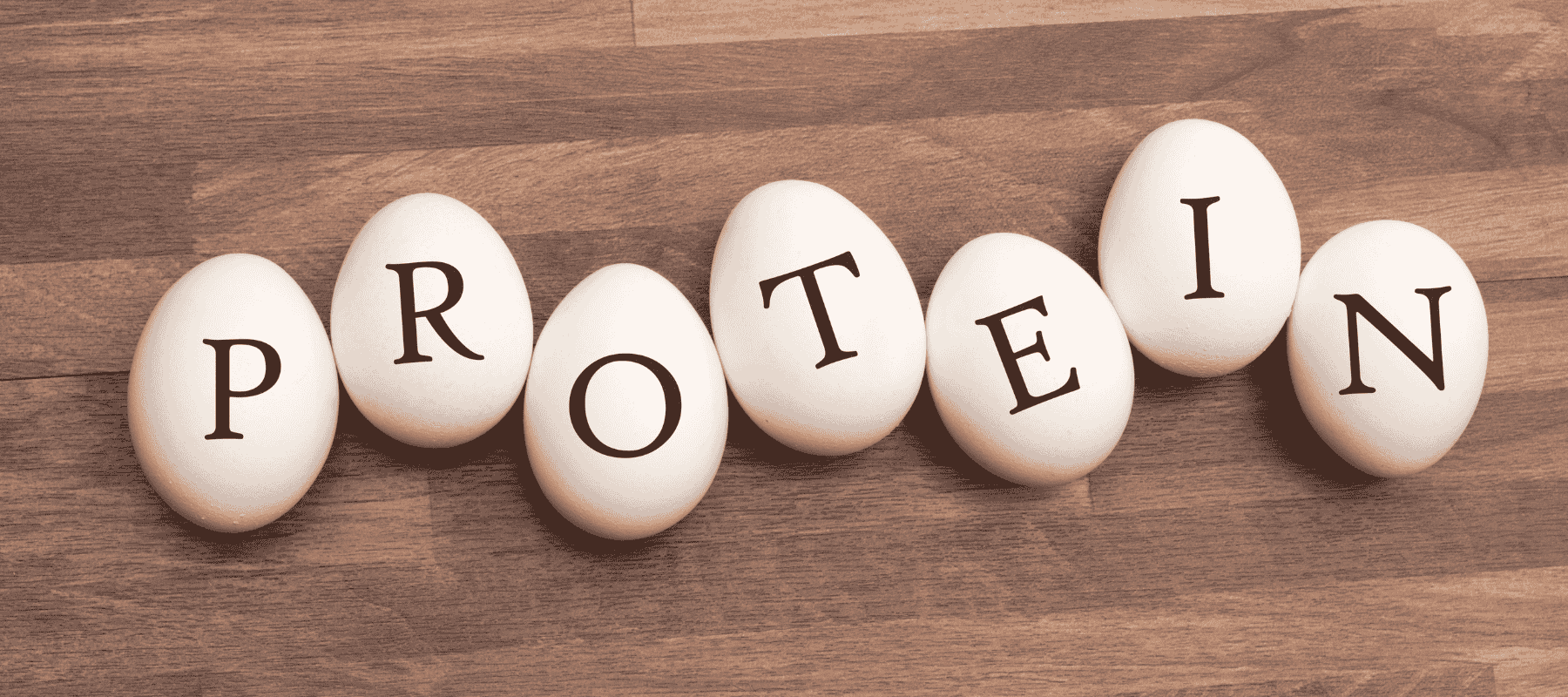A high-protein diet has become one of the most popular nutrition trends for fitness enthusiasts, weight-watchers, and anyone wanting better health. But with so much information floating around, it can be hard to separate facts from myths. Here’s a simple, science-backed guide to understand the real benefits, common misconceptions, and how to follow a high-protein diet the right way.
✨ Benefits of a High-Protein Diet
1. Supports Muscle Growth & Repair
Protein is made of amino acids—your body’s building blocks. Whether you’re lifting weights or just staying active, protein helps repair muscle fibers and supports lean muscle growth.
2. Aids in Weight Management
Protein increases satiety, which means you feel full for longer. This naturally helps reduce cravings and unnecessary snacking. It also boosts the thermic effect of food, leading to slightly higher calorie burn during digestion.
3. Helps Maintain Healthy Bones
Contrary to old beliefs, a protein-rich diet can actually help improve bone density, especially when paired with adequate calcium and vitamin D.
4. Boosts Metabolism
Digesting protein requires more energy than fats or carbs. This increased metabolic activity can support a healthy calorie burn throughout the day.
5. Supports Better Skin, Hair & Hormone Production
Many structural and functional components in the body—from collagen to enzymes—are made using protein.
🚫 Common Myths About High-Protein Diets
Myth 1: “High protein is bad for kidneys.”
This is only a concern for people with pre-existing kidney conditions. For healthy individuals, a high-protein diet is safe.
Myth 2: “You need protein shakes to hit your daily intake.”
Shakes are optional. Whole foods like eggs, chicken, paneer, dal, tofu, fish, and lentils are more than enough for most people.
Myth 3: “High protein means zero carbs.”
A well-balanced high-protein diet still includes healthy carbs and good fats. Cutting carbs completely isn’t necessary for results.
Myth 4: “More protein equals more muscle automatically.”
Muscle growth requires a combination of protein, strength training, proper recovery, and balanced nutrition.
💡 Best Practices for a Successful High-Protein Diet
1. Include Protein in Every Meal
Aim for balanced sources throughout your day:
- Morning: Eggs, Greek yogurt, paneer
- Lunch/Dinner: Chicken, fish, tofu, lentils
- Snacks: Nuts, seeds, roasted chana
2. Balance Protein With Carbs & Fats
Don’t skip other macronutrients. Carbs provide energy, and fats support hormones and brain health.
3. Choose High-Quality Protein Sources
Prefer natural, minimally processed options. Plant-based and animal-based proteins both work well.
4. Stay Hydrated
Higher protein intake increases the need for adequate water. Make sure you stay hydrated for smooth digestion and nutrient transport.
5. Track Your Intake If Needed
If you have specific fitness goals, tracking your grams per day can help. A general guideline is 1.2–2.2g of protein per kg of body weight, depending on activity level.
6. Avoid Excessive Processed Foods
Some “high-protein” packaged foods may contain added sugars, salts, and artificial ingredients.


